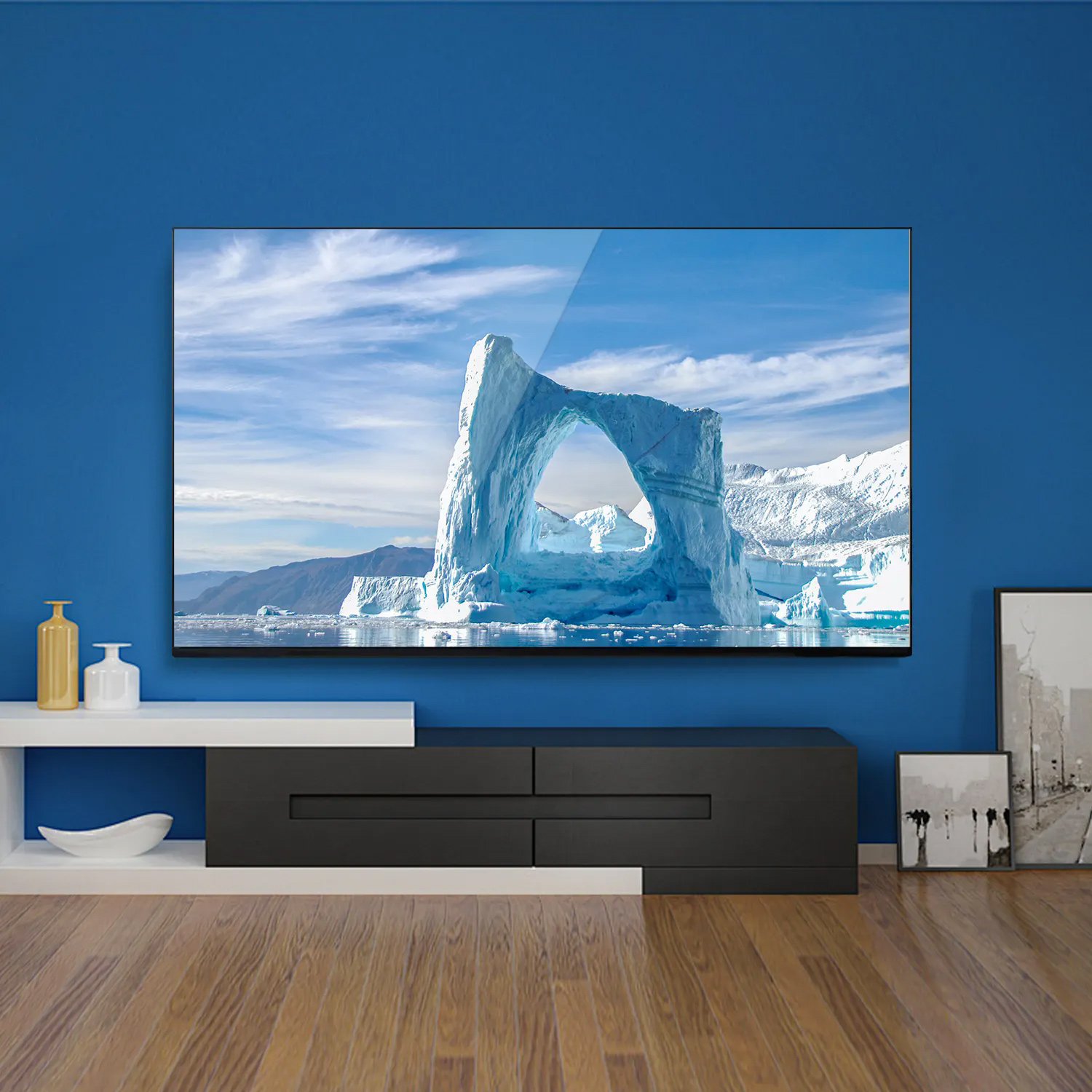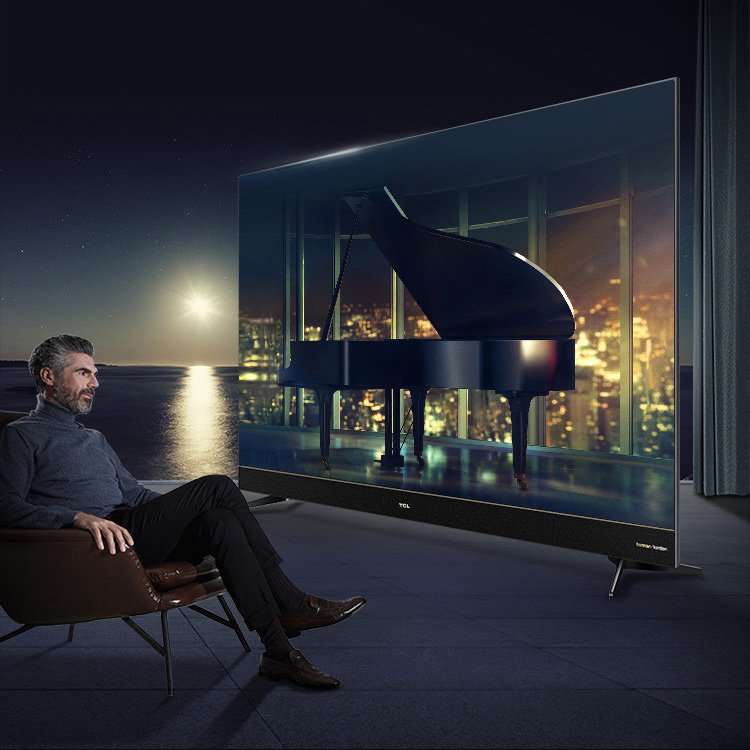Smart TV Quality Control and Aging Test Standards
1. Quality Control Standards
Smart TV manufacturing adheres to rigorous quality control (QC) protocols to ensure performance, safety, and longevity:
- Component Inspection: All critical parts (e.g., display panels, processors, PCBs) undergo electrical, mechanical, and thermal validation. Suppliers must meet ISO 9001-certified standards for material consistency.
- Assembly Line Checks: Automated optical inspection (AOI) systems verify solder joints, component alignment, and connector integrity. Infrared cameras detect overheating risks during power-on tests.
- Software Validation: Pre-installed OS and apps are tested for compatibility, response time, and vulnerability to malware. Over-the-air (OTA) update reliability is verified through simulated network environments.
- Functional Testing:
- Display Quality: Color accuracy, brightness uniformity, and HDR performance are measured using spectroradiometers. Dead pixels are flagged per ISO 9241-307 standards.
- Audio Performance: Frequency response and distortion levels are tested in anechoic chambers.
- Connectivity: Wi-Fi, Bluetooth, HDMI, and USB interfaces undergo stress tests with multiple simultaneous connections.
2. Aging Test Standards
Aging tests simulate years of usage to identify early failures:
- Thermal Cycling: Units operate continuously for 500+ hours in chambers cycling between -10°C and 60°C to test component resilience.
- Power Endurance: TVs endure 10,000+ on/off cycles to assess power supply durability and capacitor aging.
- Burn-in Test: Static images (e.g., logos) are displayed for 100+ hours to evaluate OLED/LED panel degradation and pixel compensation.
- Signal Stress Testing: HDMI and streaming inputs are subjected to signal noise, resolution switching, and EDID handshake failures.
- Longevity Metrics:
- Backlight lifespan: LED arrays are tested for 30,000+ hours to ensure <10% brightness loss.
- Mechanical wear: Buttons, ports, and stands undergo 50,000+ actuations to validate durability.
3. Compliance and Certification
Final products must pass IEC 62368-1 (safety), ENERGY STAR® (efficiency), and regional EMI/EMC regulations. Aging test data is logged for traceability, with failure rates maintained below 0.5% to meet industry benchmarks.









